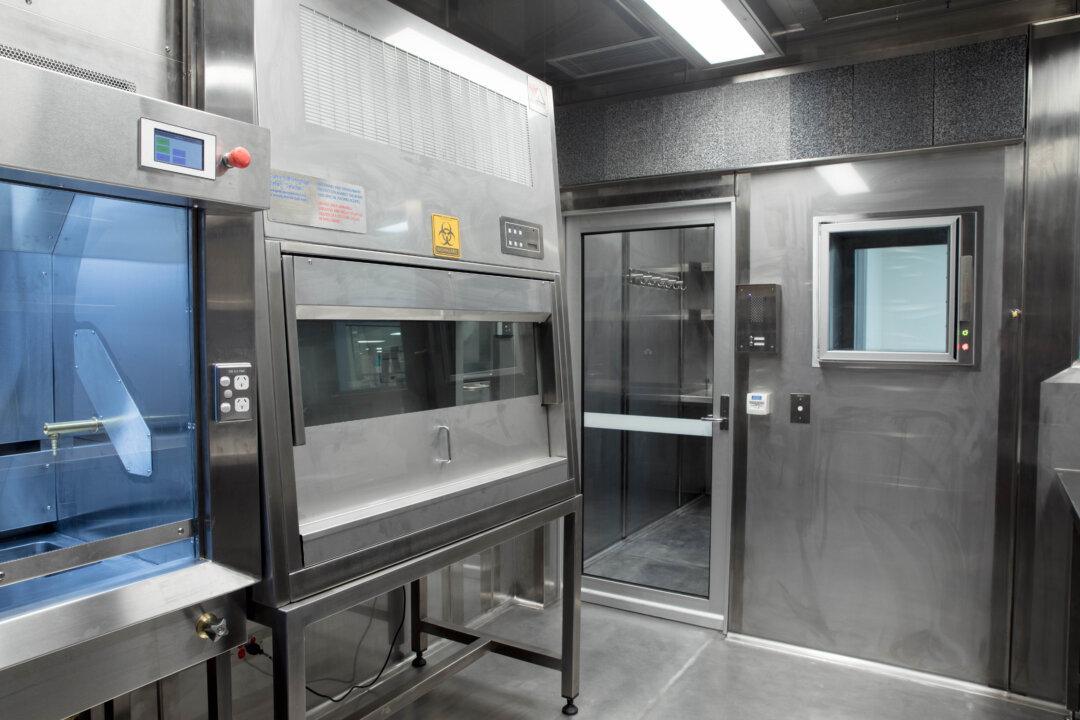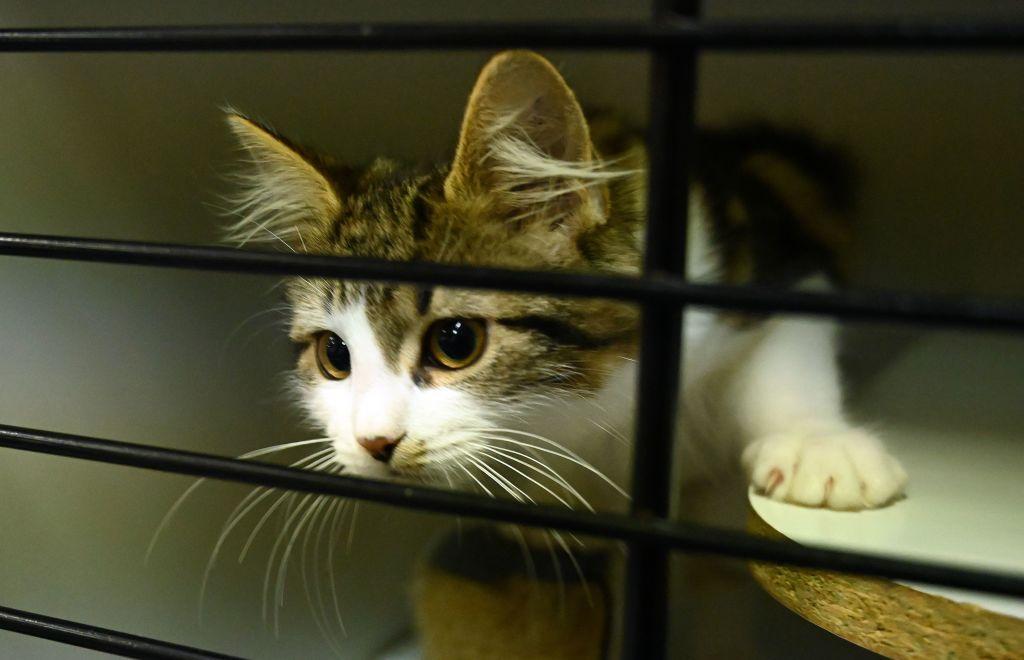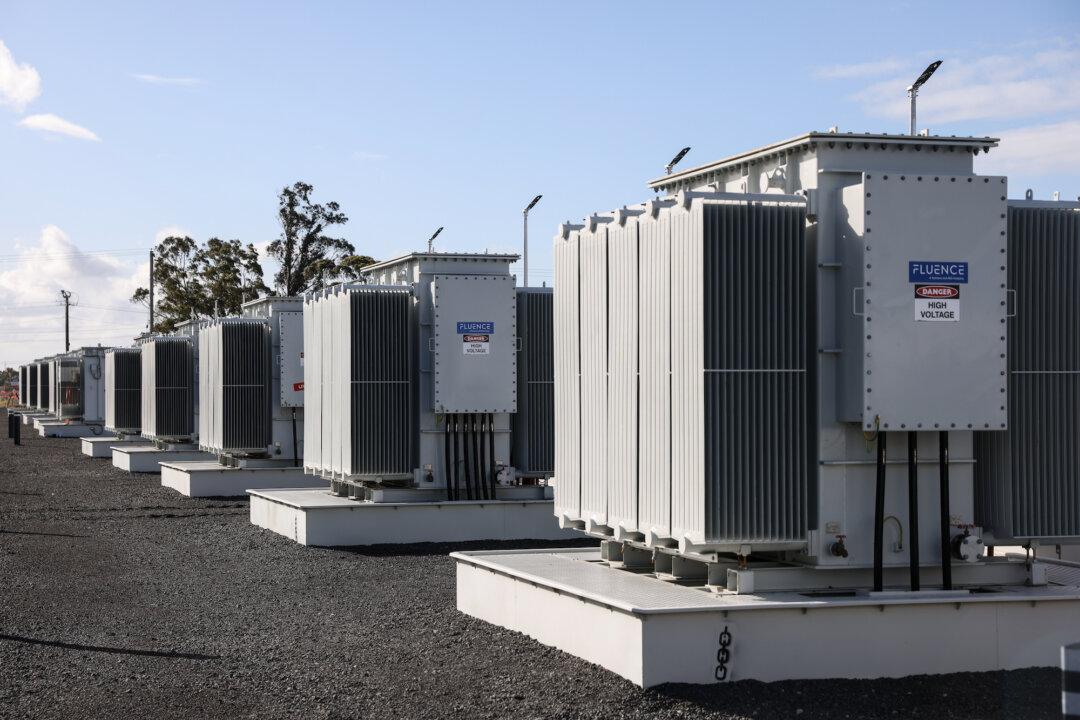Scientists are one step closer to uncovering the true dangers of plastics and determining the reach of the nanoplastic invasion into the human body after the development of a specialised laboratory at the University of Queensland (UQ).
The development is a significant step for scientists striving to determine what regions of the body—including the brain—plastics have penetrated and what their damage could be.




